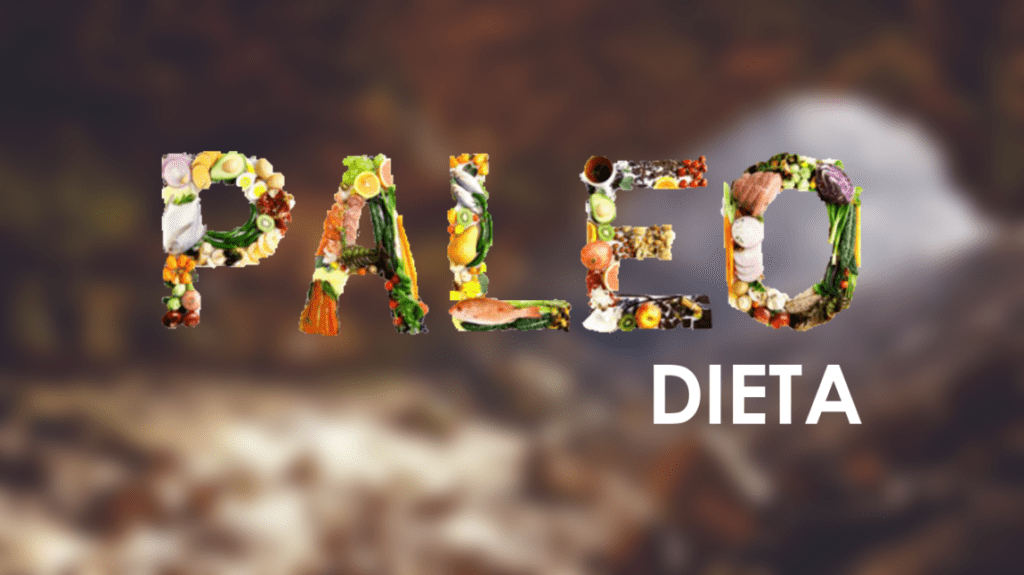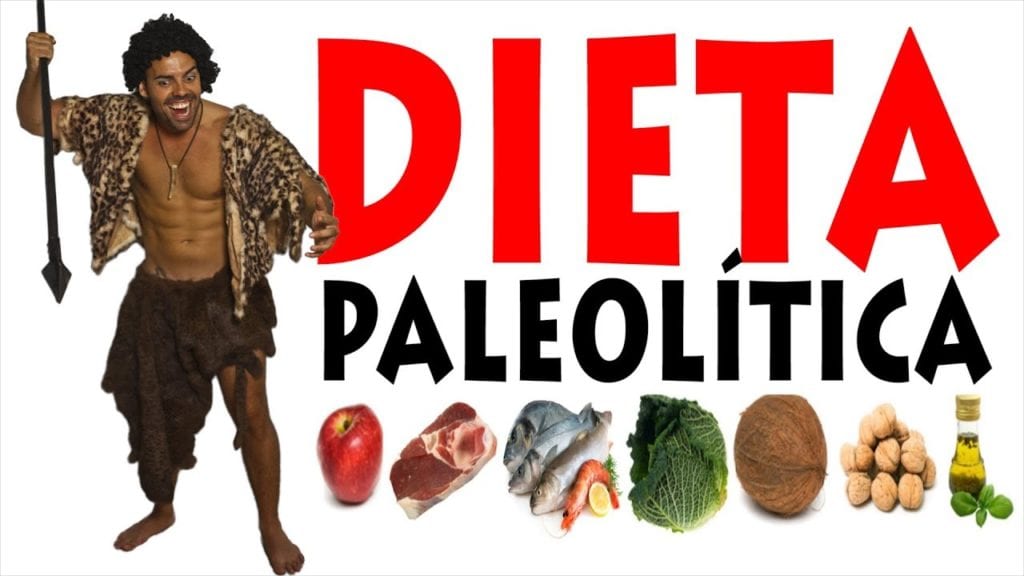
One of the most used terms in nutrition today is the Paleo diet. But what does it consist of? Everyone knows that a proper diet is essential for a healthy body and a healthy life. In this sense, lhe paleodiet meets all the requirements for good health.
The pace of life today often makes it difficult to find time to cook at home. It is common for people to use ready-made kitchen products, which are tasty, but for which the production process is unknown. In other cases, quick preparations such as sandwiches are the solution when you get home after a tiring day at work.
In the long term, the consequences of the Paleo Diet will begin to show. The most common are overweight, hypertension, and gastric and digestive problems. More effective than thinking about treatments, prevention and a balanced diet are recommended.
The Paleo Diet is a historically healthy option
Although the term “paleodiet” is in relatively recent use, the concept is as old as man himself. It is based on the principle that humans evolved over thousands of years as a hunter and gatherer.
Collecting fruits, grains and leaves, and hunting the animals in their environment, constituted their sources of food. The human digestive system adapted naturally to this diet.

What happened to human food?
With progress and technology, new food processing also arrived. Eating began to be considered a pleasure and not just a necessity. Preservatives, colorants and all those additions appeared that led to the emergence of so-called “ultra-processed foods”.
Progressively, flavor, color and art were imposed in the preparation of food. People began to get used to savoring and enjoying what they eat, even if it was not so healthy. At the same time, diseases related to the digestive system arose.
What is the Paleo Diet?
The Paleo Diet or "Paleo Diet", as it is also known, is to eat as the Paleolithic man did. It is a diet based on meat, fish, fiber, fruits and vegetables.
- A prominent feature is that the food is consumed unprocessed, natural. This does not imply consuming them raw, simple cooking procedures are used: roasting them, boiling them, steaming them. Other foods, such as flour, eggs and dairy would be excluded from this type of food.
- Another defining characteristic of the Paleo Diet is that the only drinks that are allowed are water and natural juices. The wines, the beers, and in general all the fermented and distilled ones, do not integrate the group of allowed foods.
What and when

Two important questions when adopting the Paleo diet are precisely what to consume and when. Nature and mainly seasonal variety is the standard and seasonal products are eaten. It is, in short, the kitchen of the product.
All this implies that each vegetable and each fruit will be consumed in the season in which it is naturally produced.. Crops or animal husbandry under specially controlled conditions are not allowed in this diet.
Genetically engineered foods, GMOs, animals injected with hormones, chemical fertilizers on the land - all of these are considered unhealthy. In general, the products that have these origins, are not accepted by the supporters of this diet.
Recommended foods and others to avoid
The foods that can be integrated into the Paleo diet are many and varied, but there are also others that we should avoid. Next we will differentiate:
The Paleo Diet proposes to consume:
- Fruits and vegetables.
- Meat from animals that have had a natural diet.
- Seafood and fish.
- Natural dried fruits.
- Raw seeds.
- Healthy fats.
- Spices and condiments.
Avoid:
- Dairy
- Cereals
- Processed foods
- Sugars
- Vegetables
- Starches
- Alcohol
Why adopt the Paleo Diet?
- There is no doubt that a diet like paleo provides all the nutrients the body needs. At the same time, it removes substances that are harmful.
- Maintains a balanced energy level throughout the day, without those dips that affect so much.
- Also, the blood sugar level will be stable. This allows the sugars to reach the muscles and be burned easily. Therefore, you do not accumulate fat and you do not get fat.
- Inflammation and annoying sensations in the stomach and intestine disappear. The intestinal transit is normalized.
- The immune and digestive systems work properly. With the paleodiet allergies and autoimmune diseases are avoided.
- Adequate levels of serotonin and melatonin, neurotransmitters that act in sleep, are achieved. Therefore, the night's rest is really restful and comforting.
- It does not contain gluten, so it is suitable for celiacs and intolerant to this substance.
- Helps to increase good cholesterol and reduce bad.
- It is a diet rich in amino acids, therefore it helps to recover after training. It is frequently adopted by athletes.
In short, the Paleo Diet helps you stay healthy, slim, strong, and vital.
Some drawbacks of the Paleo diet
- It may be a bit difficult for today's lifestyle to maintain a balanced diet. And this is important, because In the paleodiet you have to consume all the products on the list.
- Lack of time means that meat is sometimes abused, for example. Easy to prepare, with a great energy contribution, meats are healthy when combined with the other nutrients.
- Eating like this is likely to be a bit more expensive. It all depends on the point of comparison. In some cases, choosing fresh food may require a larger budget than supermarket produce. But it is not more expensive than any dish from a good restaurant.
- It takes time to plan your diet. It is advisable to plan a weekly diet according to the tastes and rhythms of each person. In this way, it will not be necessary to think about what to eat every day. There are establishments specially dedicated to personalized diets that make these dishes.
The paleo diet for athletes
Research shows that athletes who embrace the paleo diet enjoy greater digestive well-being. However, in the case of high intensity training, the decrease in carbohydrates can lead to poor performance. The advice is to adjust the caloric ration to the needs of each individual.
It is always possible to make adaptations that respond to the requirements of each organism.